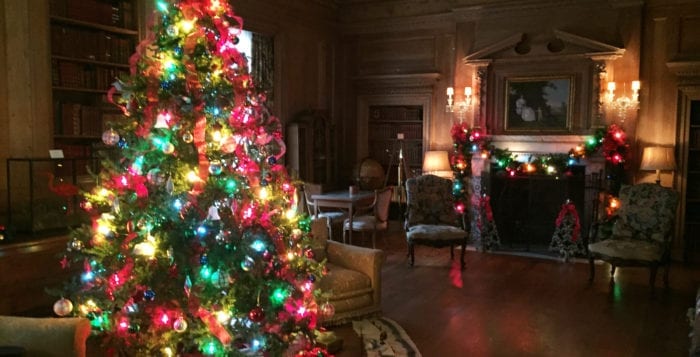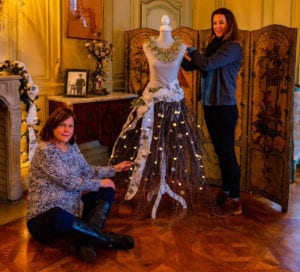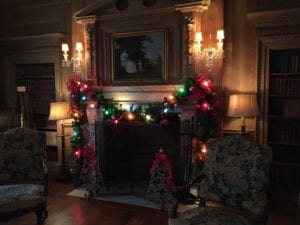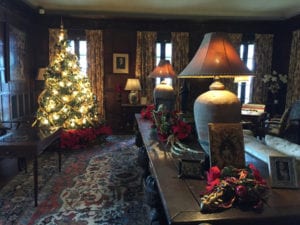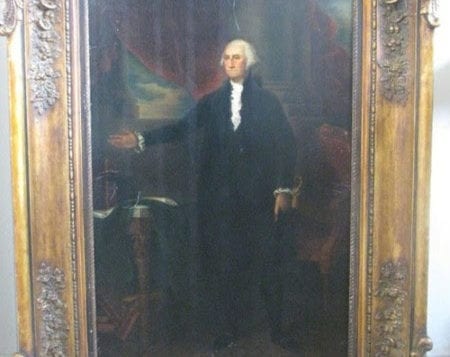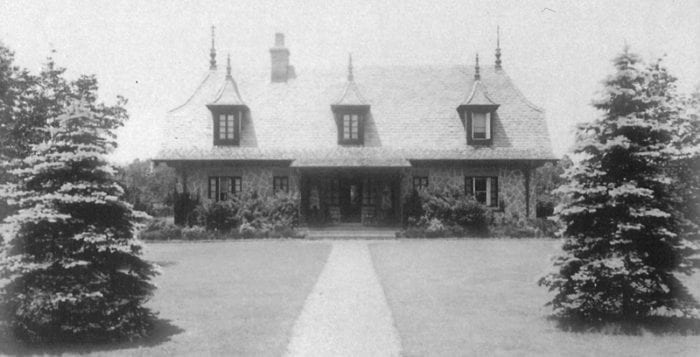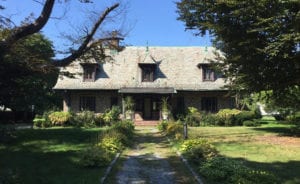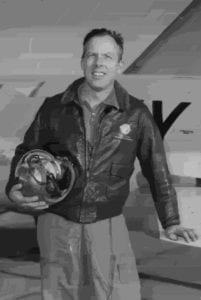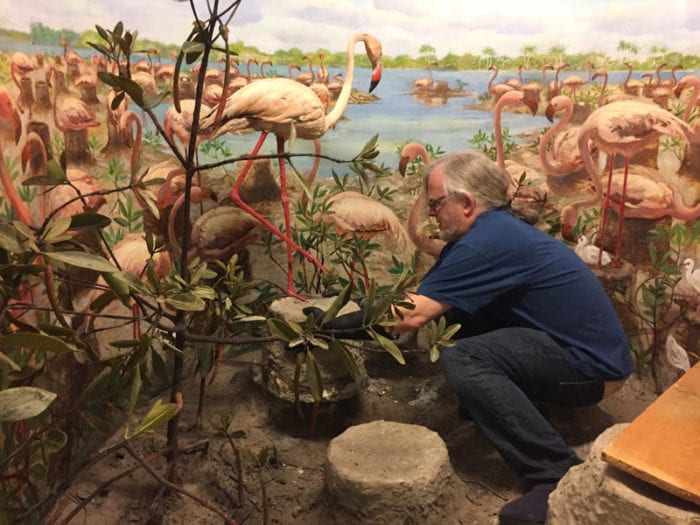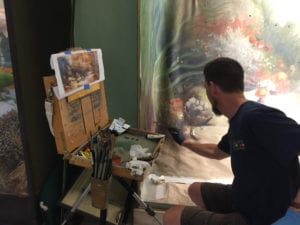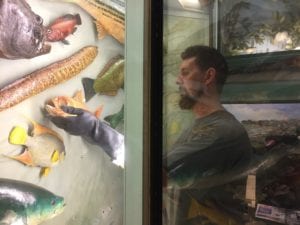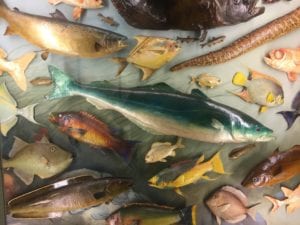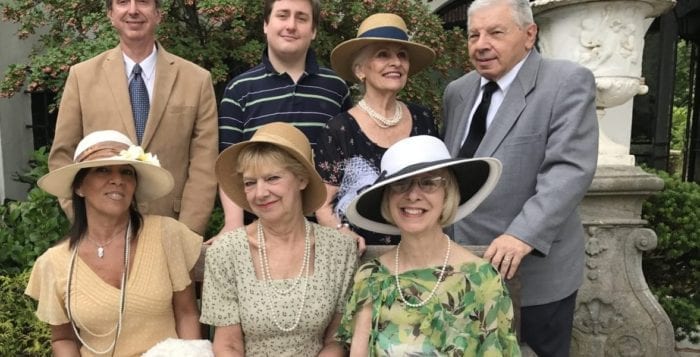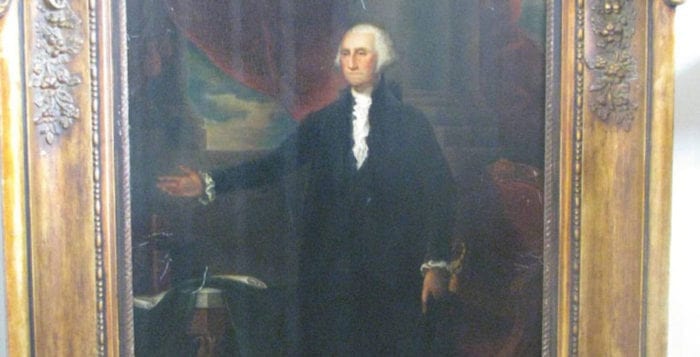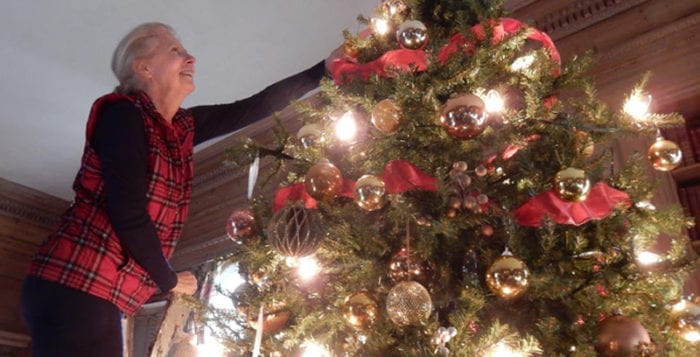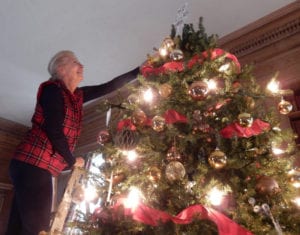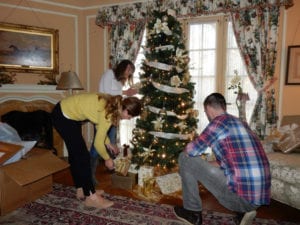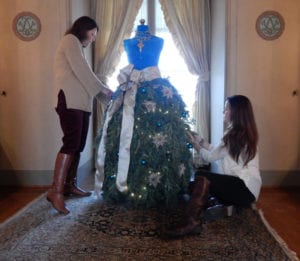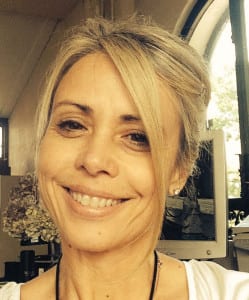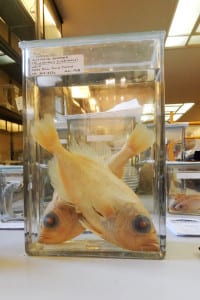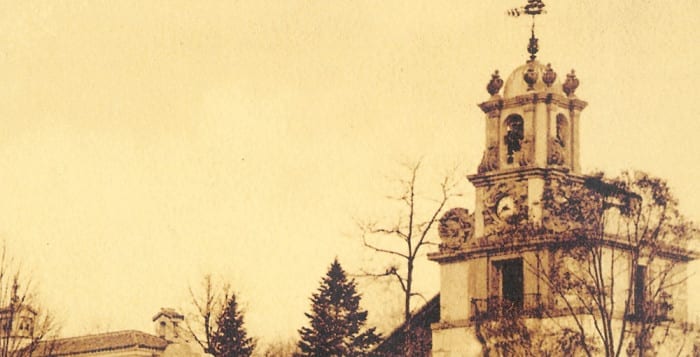Branch Financial Services, Inc. of Setauket is celebrating 50 years of serving clients this month.
President Harlan J. Fischer founded Branch Financial Services, Inc., a registered investment advisor, on Oct. 1, 1974. According to a press release from the financial business, Fischer “is as committed to its success today as he was in those early days of business.”
“As its founder and principal, the mission he set forth for Branch Financial Services, Inc. 50 years ago was simple—to help clients achieve their personal and financial goals,” read the release. “Beyond this mission, Harlan and his staff are committed to providing a level of service that is rare to find today. They are so serious about this that they trademarked ‘You Can’t Hug an 800 Number’ ™ as their motto.”
Fischer said he takes tremendous pride in Branch Financial Services, Inc., its fiduciary status and independence, which he said carries through to every aspect of the business. The office, located at 21 Bennetts Road, is known for looking more like an art gallery full of contemporary sculptures and paintings.
Before moving the office to Setauket in 2020, Branch Financial Services, Inc. was located in Hauppauge for 21 years and Smithtown for 25 years. The financial business has been a member of the Smithtown Chamber of Commerce since 1995 and the Three Village Chamber of Commerce since 2020.
Several clients have been with Fischer for most of his 50-year career, and their children and extended families have become clients in many cases as well.
Mia and Jerry Vogt, of Massapequa, have traveled to Suffolk County for more than 15 years to consult with Fischer.
“Harlan’s approach to financial planning seamlessly blends traditional values with the demands of a fast-paced modern world,” Mia Vogt said. “His commitment to time-honored principles—such as integrity, long-term vision and personal responsibility—provides a solid foundation for navigating today’s complex financial landscape.”
According to the press release, the “team understands the importance of a personal touch in investment. In an era dominated by impersonal, automated services, the firm’s dedication to understanding each client’s unique needs offers a deeply personalized experience. For Harlan and his colleagues, it’s not just about guiding clients through financial decisions, but also about fostering a trusting relationship.”
Fischer’s colleagues currently include Michael Brescia, Kristen Domiano and Stephanie Gress, who have worked beside him and have known him for many years. According to the press release, “He makes it clear to them that he values and appreciates them every day.”
Brescia provides financial and legal services to his Branch Financial Services, Inc. clients, while Gress is a service associate, and Domiano supervises the office administration, compliance and back office for the firm.
While 50 years may sound like a long time to some, Fischer said, “I feel like I’m just getting warmed up.”
Over the years Fischer has served on many boards for professional and arts organizations. He and his wife Olivia have funded several historic restoration projects in the Three Village area, and they sponsor events and public programming. Currently, Fischer serves as Chairman of the Village of Head of the Harbor Planning Board.
In 2024 alone, he was named a Best in State Wealth Advisor by Forbes and received the Corporate Citzenship Award by the Long Island Business News.
As he reflects on his years in business, the financial advisor is deeply grateful to Bill Weidner, his mentor from early in his career, and the clients of Branch Financial Services, Inc.
“My career journey has been enriched by the wonderful people I have worked with and for through the decades,” Fischer said. “I eagerly look forward to working with everyone for years to come.”


